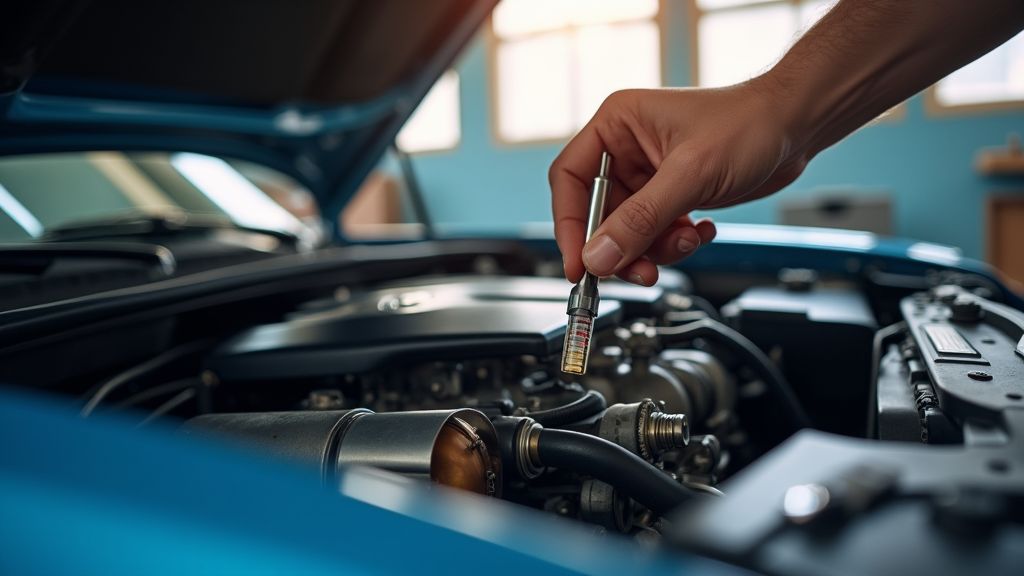How to Recognize and Address Common Cooling System Issues
Have you ever noticed your car’s temperature gauge creeping higher than usual? Or perhaps you’ve felt a lack of cool air coming from your air conditioning vents? These are just a couple of common signs that your cooling system may be experiencing issues. Understanding how to recognize and address these issues can save you time, money, and prevent potential breakdowns. Let’s dive into the world of cooling system maintenance and learn how to keep your vehicle running smoothly.
Understanding the Cooling System
Before we can address common cooling system issues, it’s essential to understand how this crucial system works. The cooling system in your vehicle is responsible for regulating the engine’s temperature to prevent overheating. It consists of several components, including the radiator, water pump, thermostat, and hoses. As coolant circulates through the system, it absorbs heat from the engine and releases it through the radiator, keeping the engine operating at an optimal temperature.
Common Signs of Cooling System Issues
There are several indicators that your cooling system may be experiencing problems. Keep an eye out for warning signs such as coolant leaks, overheating, a sweet smell coming from the engine, or fluctuating temperature gauge readings. Any of these symptoms could signal a potential issue that needs to be addressed promptly to prevent further damage to the engine.
Addressing Cooling System Problems
If you suspect that your cooling system is experiencing issues, it’s essential to take action immediately. Start by checking the coolant level and inspecting the hoses and connections for leaks or damage. If you notice any issues, it’s best to have a professional mechanic assess the situation and make any necessary repairs. Regular maintenance, such as flushing the cooling system and replacing coolant at recommended intervals, can help prevent problems from arising in the first place.













